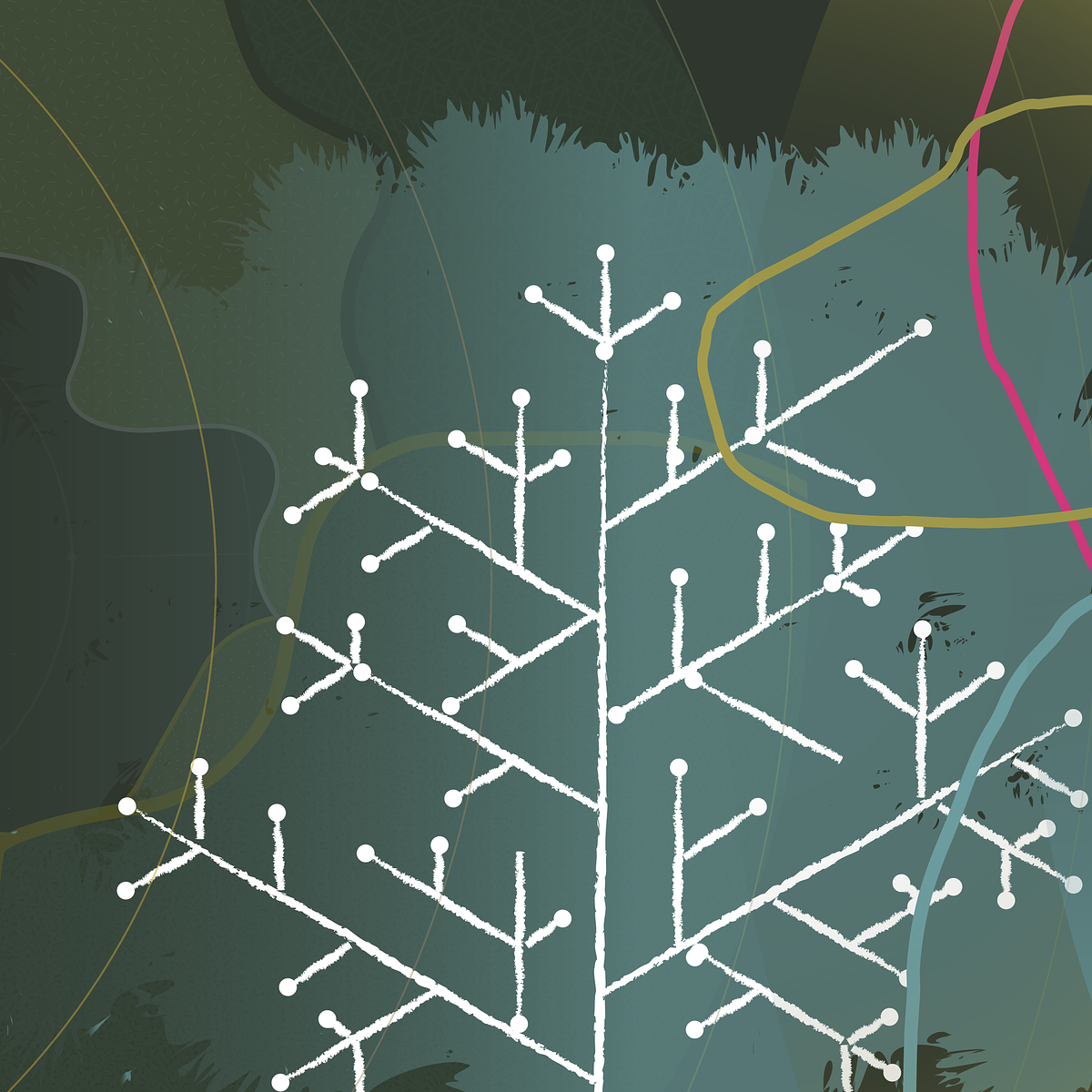
Climate Resilience Needs Community Roots
** In April 2022 we released the second version of the Climate Democracy Model. Check it out, including newly available tools! **
Maintaining food, protection, homes for wildlife, and improved air quality is our gift to future generations. These acts of preservation are apt metaphors when thinking about the impact our actions have on the climate around us.
The trees we wander past each day provide us with many more benefits than we give them credit for. Take a walk through any city, and you'll see that trees can sprout anywhere at any time.
The problem is that unless a city cultivates deep roots of community and citizen participation and sets the right conditions for young shoots to emerge, or tends to plants as they mature, then the city will not develop a dense, strengthened canopy for sustained climate futures.
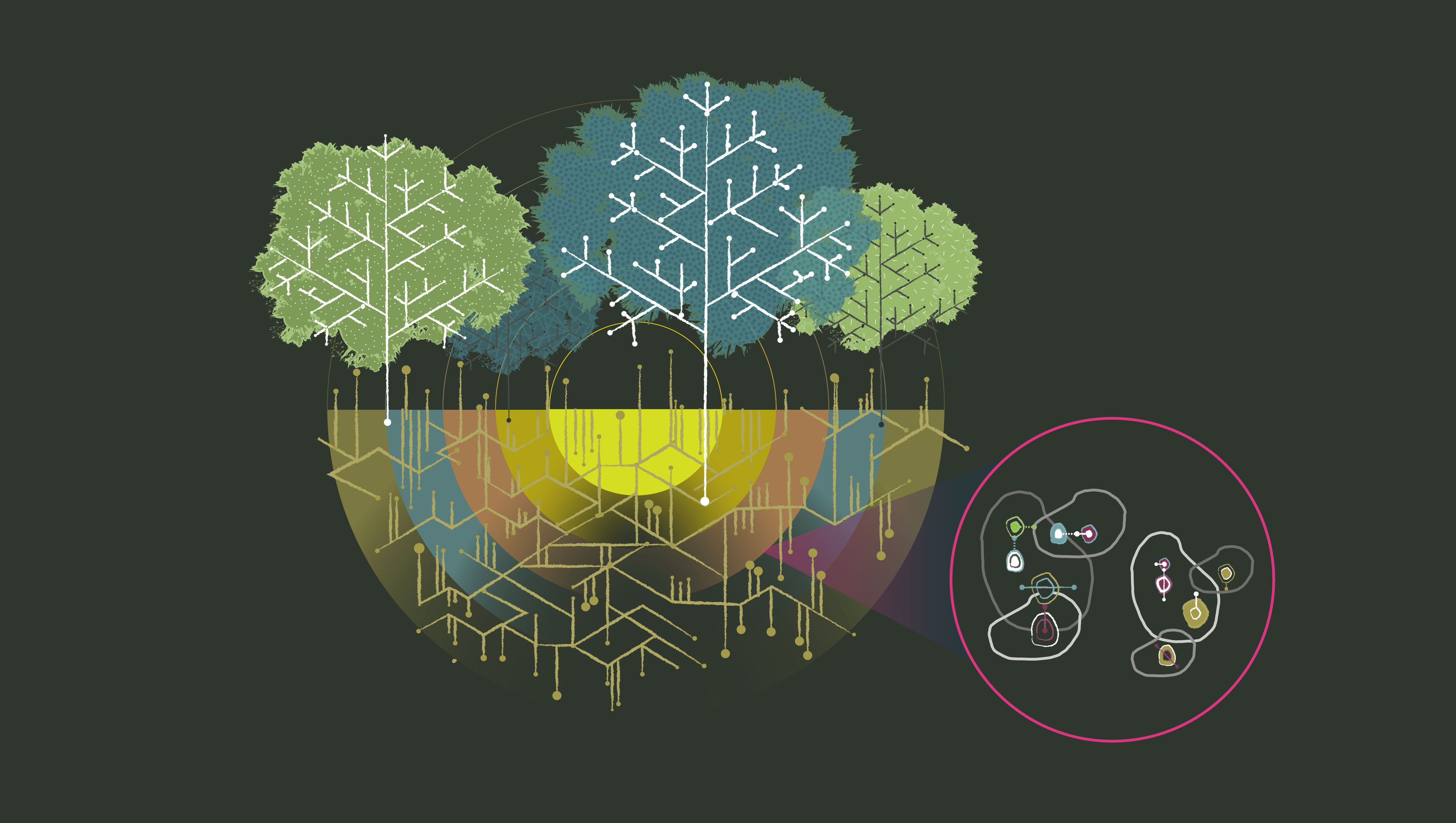
Just like the tree, cities and regions also need to create spaces for climate resilience to take root.
Inclusive spaces, where opinions from a diverse range of actors can be meaningfully heard, and complex challenges that governments cannot tackle alone can be collectively addressed.
Most importantly, cities and regions need to create environments with strong collaboration roots and where citizen participation can bloom and, just like the trees, improve a city's long-term climate resilience, creating a healthy, clean future for everyone.
However, the problem is that sometimes you need to take a pretty long walk, through several cities, to find such well-rooted collaboration.
Our Democratic Climate Model highlights how democratic principles can lead cities and regions to respond differently to climate change.
The Model is underpinned by meaningful participation and legitimised by continuous community consent. A vital feature of the Model is that it strengthens democratic institutions in the long term through citizen participation.
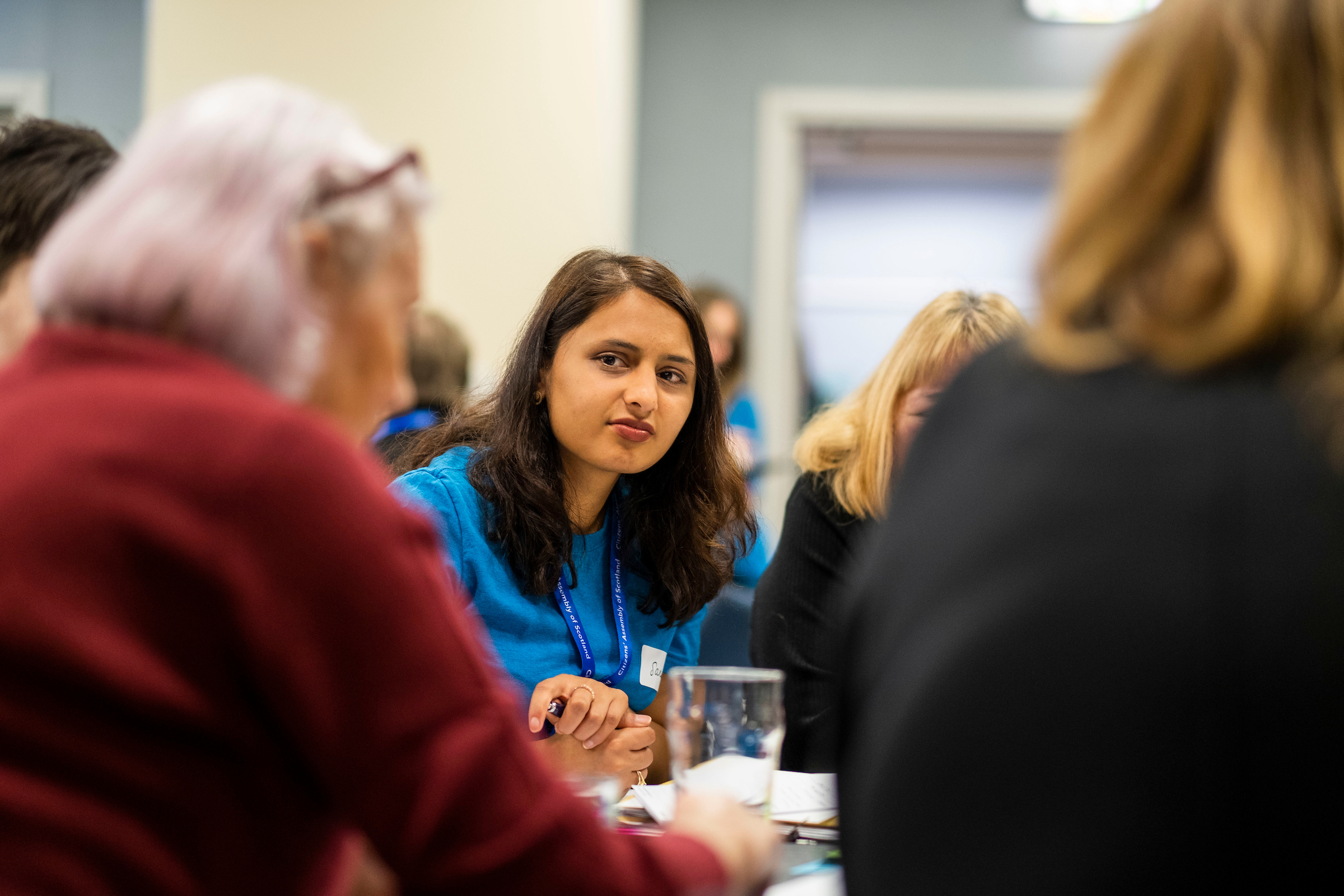
Herein lies the democratic climate conundrum.
Despite this type of famed citizen participation, it is currently on a distant and abstract level, with very few citizens involved.
Participation is still a very long, long walk away from most interested citizens and their daily lives.
The UN and the EU are famed for leading the way to include citizen voices during climate negotiations.
From the 1992 Rio Declaration to the 2020 European Climate Pact as part of the European Green Deal, citizens have had some form of a voice in climate-related decision-making.
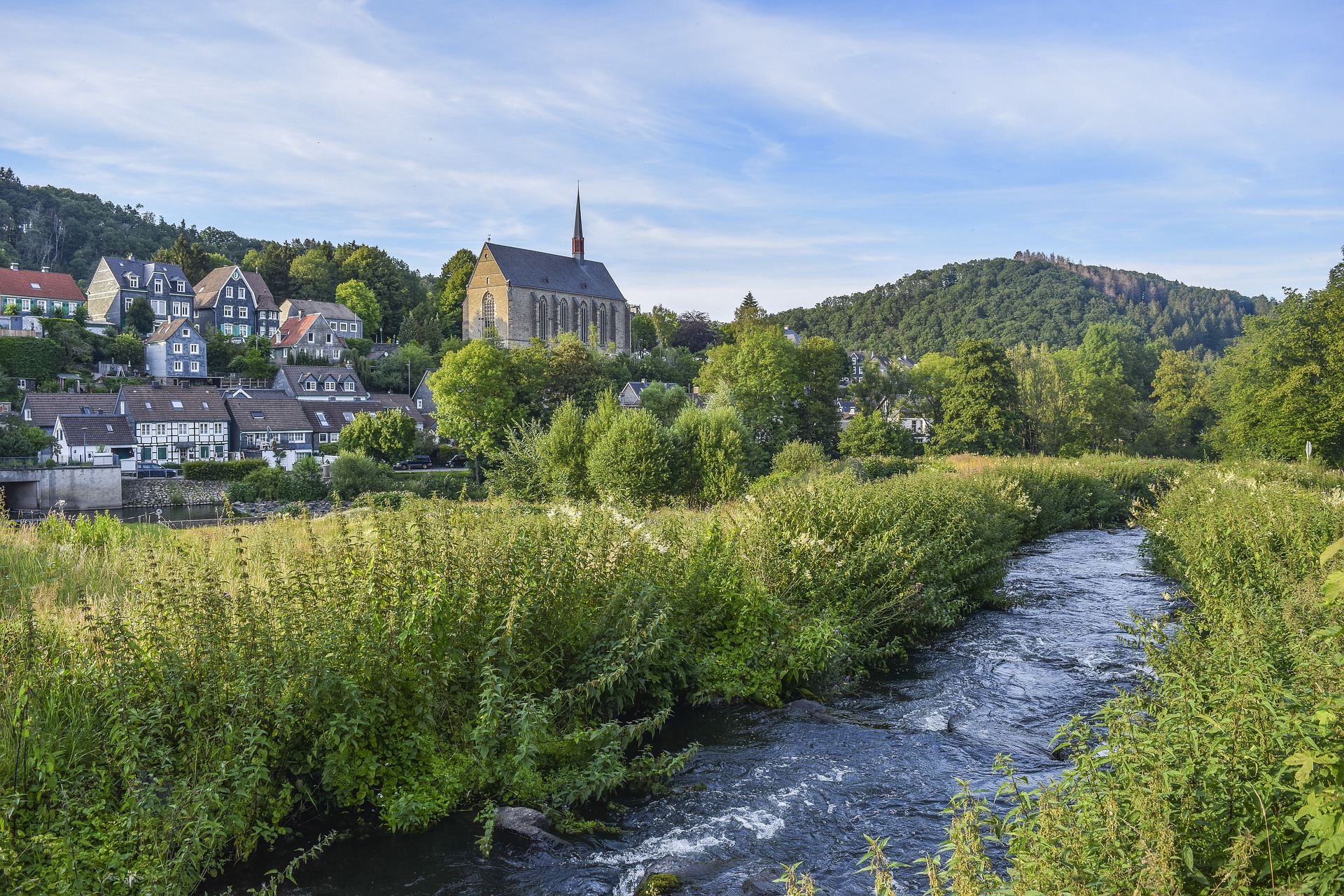
What about involvement closer to home?
The good news is that cities and regions are mostly aware of the importance of addressing climate change. City leaders are starting to reimagine city life without chronic congestion, polluting buildings, and shrinking green spaces.
The bad news is that too many cities and regions have their efforts hampered by low-levels of citizen participation.
Dialogue, however, is fading away, critically when residents need to adjust to new climate laws, and more importantly, have a say in shaping legislation.
The call for greater citizen participation in climate decision-making processes is far from a new suggestion.
What we see now, though, is a massive disconnect between the enthusiasm of climate-opinionated residents and the engagement of such communities in participatory processes that can create more climate-friendly ways of living, working, and playing in a city.
Why is there a disconnect?
In short, it seems that the old ways of working, through narrow dialogues, a homogeneity of voices, and technocratic, short-term solution-based thinking, are stunting the process.
Citizens are fatigued by being told what to do by those in power and want agency and ownership over decisions that impact their quality of life. They wish to do away with top-down decisions where citizen participation is an afterthought or box to tick.
Cities and regions are coming around to this idea and want increased community acceptance and support for climate measures. They are also aware that investments in this process will yield new insights based on lived experience, local knowledge, and expertise. However, the road is not easy.
In short, it seems that the old ways of working, through narrow dialogues, a homogeneity of voices and inefficiently planned meetings, are stunting the process.
Meaningful participation requires the transformation of the usual systems to create lasting structures that address complex challenges, such as climate change.
Citizen participation for climate resilience is needed now.

EIT Climate-KIC Healthy, Clean Cities Deep Demonstrations
Along with several design partners, Democratic Society took up the challenge of inspiring cities to experiment with new approaches to citizen participation as part of the EIT Climate-KIC Healthy, Clean Cities Deep Demonstrations project consortium.
Democratic Society also wanted to use this experience to develop a scalable model that could be experimented with in any city, anywhere.
The project brought together experts from financing, innovation, carbon accounting, and citizen participation to design and conduct strategic work programmes with cities.
Crucially, Democratic Society also employed Local Connectors in each city, skilled practitioners with expertise in policy and civic engagement, social innovation and design for sustainability, and locals in the cities they worked in.
They collaborated with city leaders and consortium design partners and joined the dots between the diverse actors involved. They worked towards a good transition that included government bodies, civil society organisations, grassroots groups, journalists, and businesses.
The locations for these programmes? The 14 European cities of Amsterdam, Edinburgh, Kraków, Križevci, Leuven, Madrid, Malmö, Maribor, Milano, Niš, Orléans, Sarajevo, Skopje and Vienna.
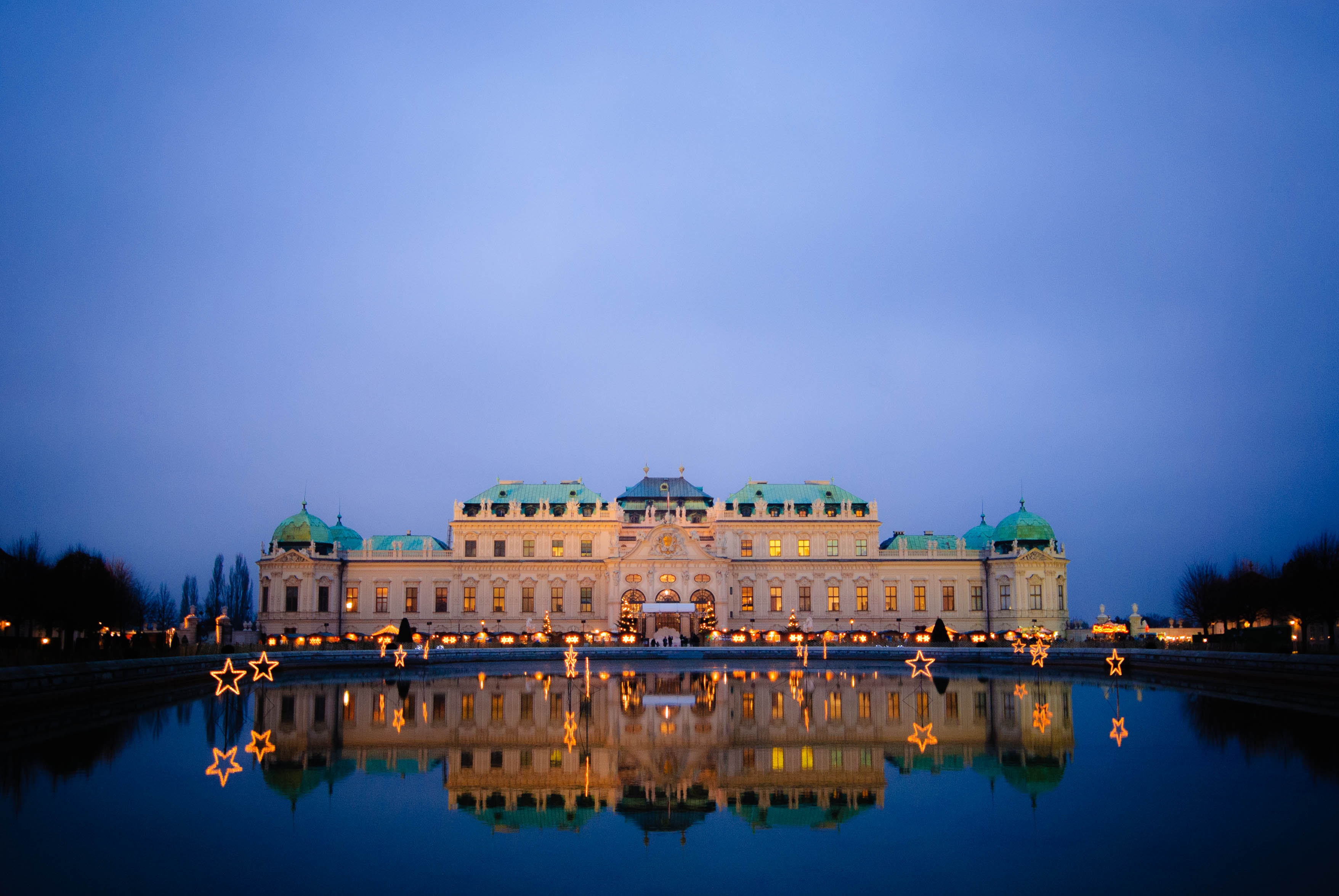
With the facilitation in place, the Deep Demonstrations were then designed to achieve systematic change in a range of climate resilience priority areas.
These were mobility, logistics, housing, building environment, waste and the circular economy, energy, and urban greening.
The participatory elements of the Deep Demonstrations as led by Democratic Society utilised the concepts of community placemaking conversations, hyperlocal governance, climate assemblies, opportunities for co-production and co-ownership, different models of collaboration between city governments and citizens, and embedding participation in transition governance.
Learnings about meaningful collaboration
Looking back at 18 months of reimagining quality of life in 14 European cities, a lot is to be learnt.
One message is clear: city leaders can better address climate challenges by embedding democratic principles, such as collaboration, power-sharing, and transparency in their climate resilience work.
More in-depth and broader citizen participation can help to reimagine life in cities and generate buy-in for policies.
One message is clear: cities can better address climate challenges by embedding democratic principles, such as collaboration, power-sharing and transparency in their climate action work.
Introducing our Climate Democratic Model
Here we present the first iteration of a Democratic Climate Model based on our learnings from the Healthy, Clean Cities Deep Demonstrations project. We would also like to invite you to provide your feedback and engage us in a discussion.
The Model is illustrated through the tree analogy. While trees come from seeds, the seeds themselves do not contain the resources needed to grow them.
Instead, the seeds that sprout from the conditions around them and the roots that provide the tree with a sound footing to draw in nutrients create stability and grow towards the surface.
The nodes of connectivity between the roots broaden the possibilities of a nurtured and nourished canopy above. Just like the tree, climate resilience needs deep roots in communities that policies serve.
The Model features three parts: Rooted vs. Weak collaboration, The City Canopy, and an Actor Framework.
Rooted vs. Weak Collaboration
Rooted vs. Weak Collaboration visualises the degree to which strong or weak collaboration roots unlock climate resilience in cities, now and for future generations.
Rooted collaboration
‘Rooted collaboration’ shows the benefits of cultivating deep roots of community and citizen participation so that cities develop a dense, strengthened canopy for sustained climate futures.

Weak collaboration
Conversely, ‘Weak collaboration’ is what happens without firm roots, where lack of citizen participation risks collapsing the city into a non-inclusive and non-sustainable climate future.

The City Canopy
The ‘City Canopy’ is a tool for mapping the scales of climate resilience developed through rooted collaboration.
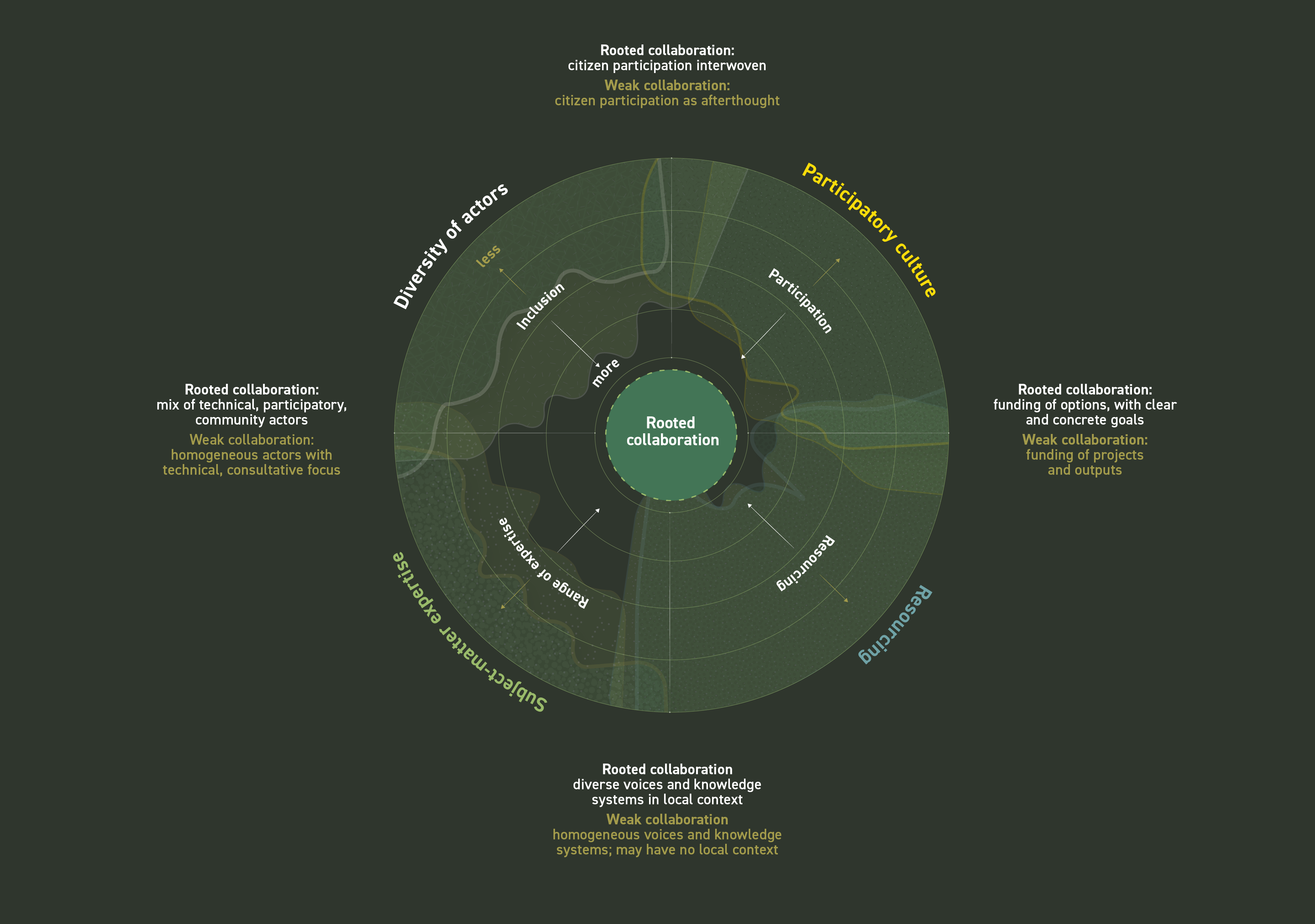
In this model, the denser the canopy that covers a city, the more likely its structures and processes support rooted collaboration, shifting the city or region towards strengthened citizen participation and climate policy governance that will stand the test of time.
Our findings across the 14 Deep Demonstrations cities suggested that four elements are central to ensuring a city can progress towards climate resilience: 1) Diversity of actors; 2) Participatory culture; 3) Subject matter expertise; 4) Resources. Each of these elements has several characteristics that we use to calculate a City's Canopy.
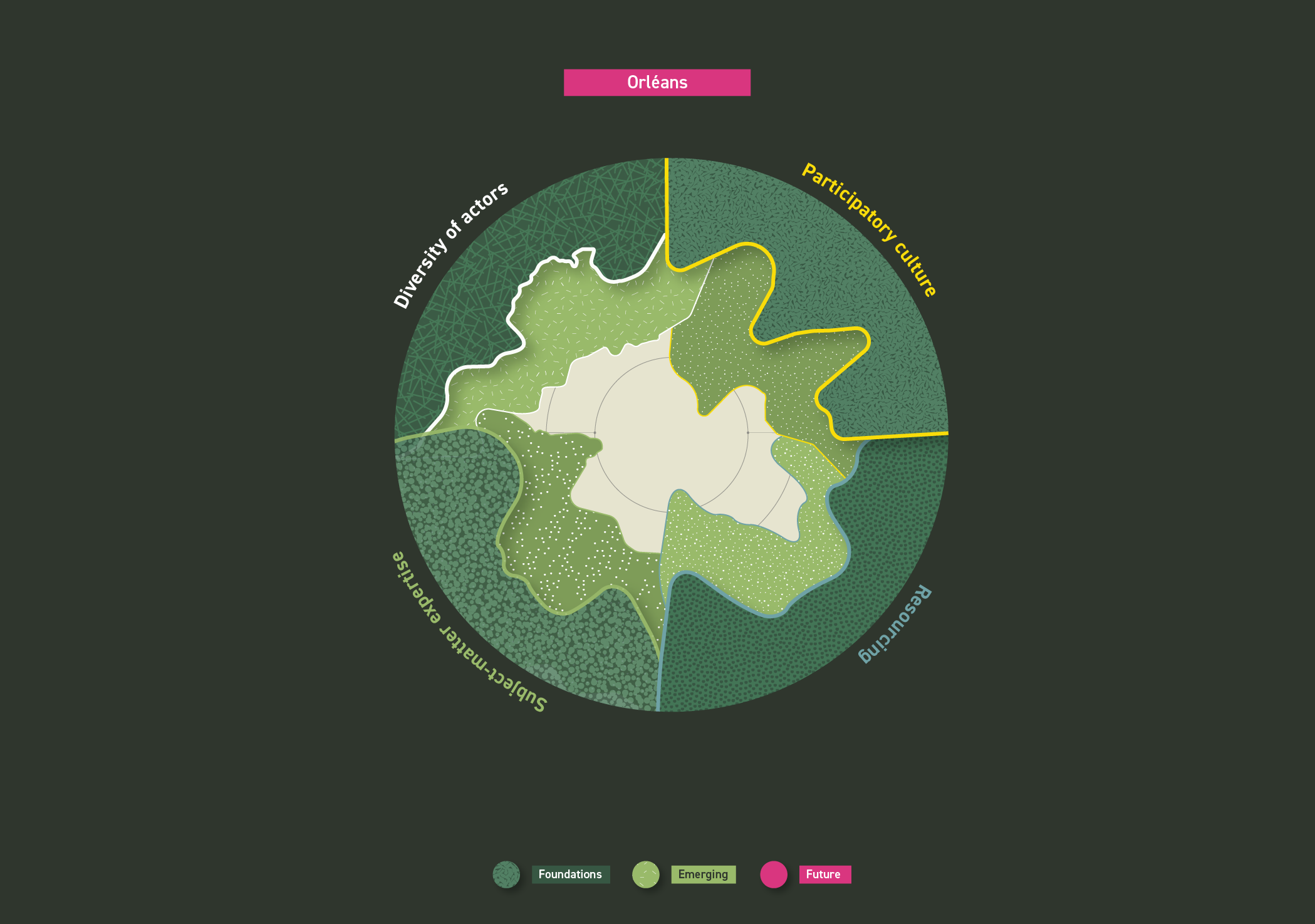
The presence of these four elements are mapped to three layers: Foundational, mobilising factors, Emerging shifts, and the scale of Future possibilities in the city to increase the density of their canopy for climate resilience.
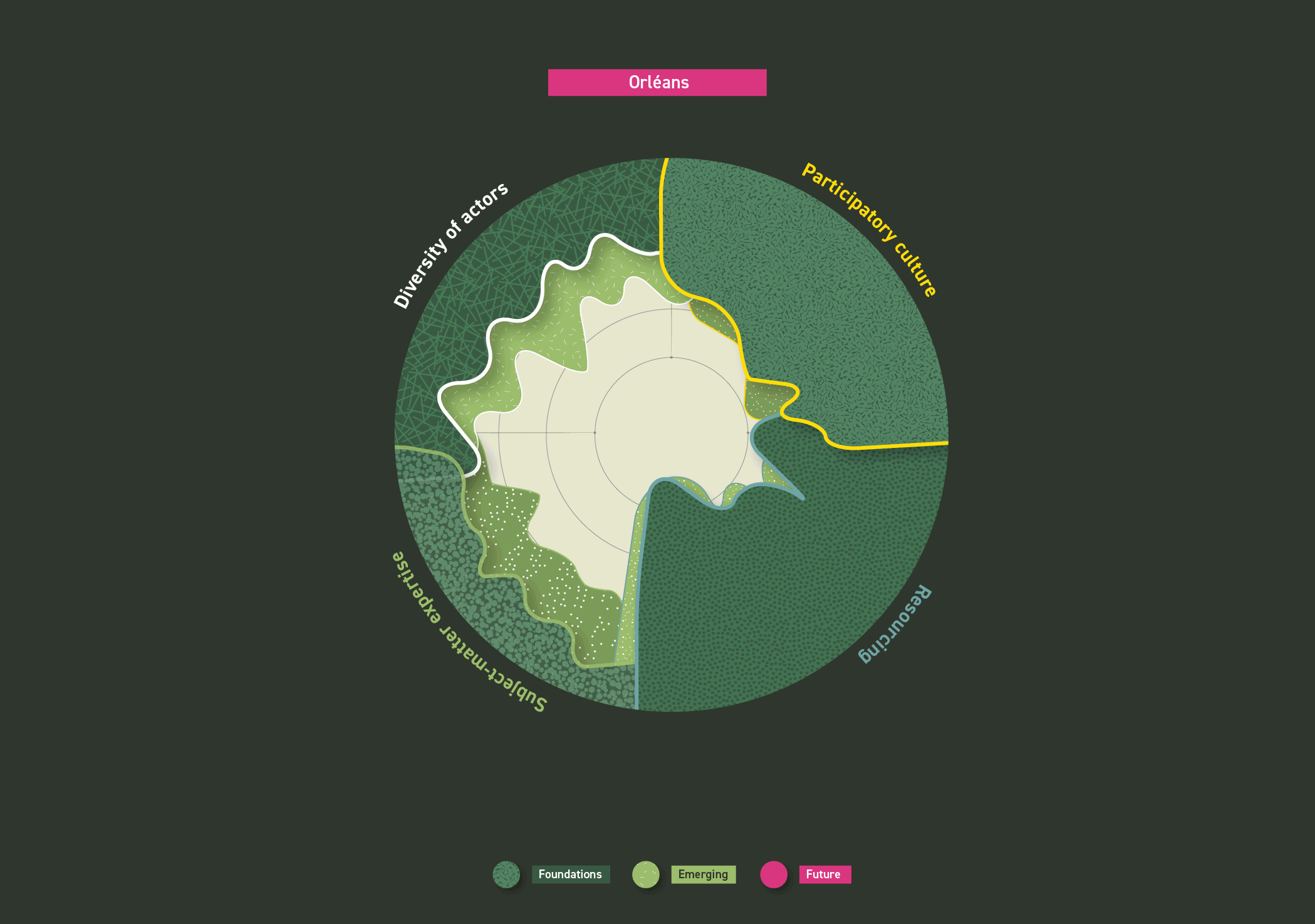
Actor Framework
The Actor Framework helps us explain the types of actors involved in the Democratic Climate Model, what roles they play, and how their roles must evolve to bring about just and sustainable climate futures. Types of actors include artists, activists, researchers, grassroots groups, civil society, companies, governments, and journalists.
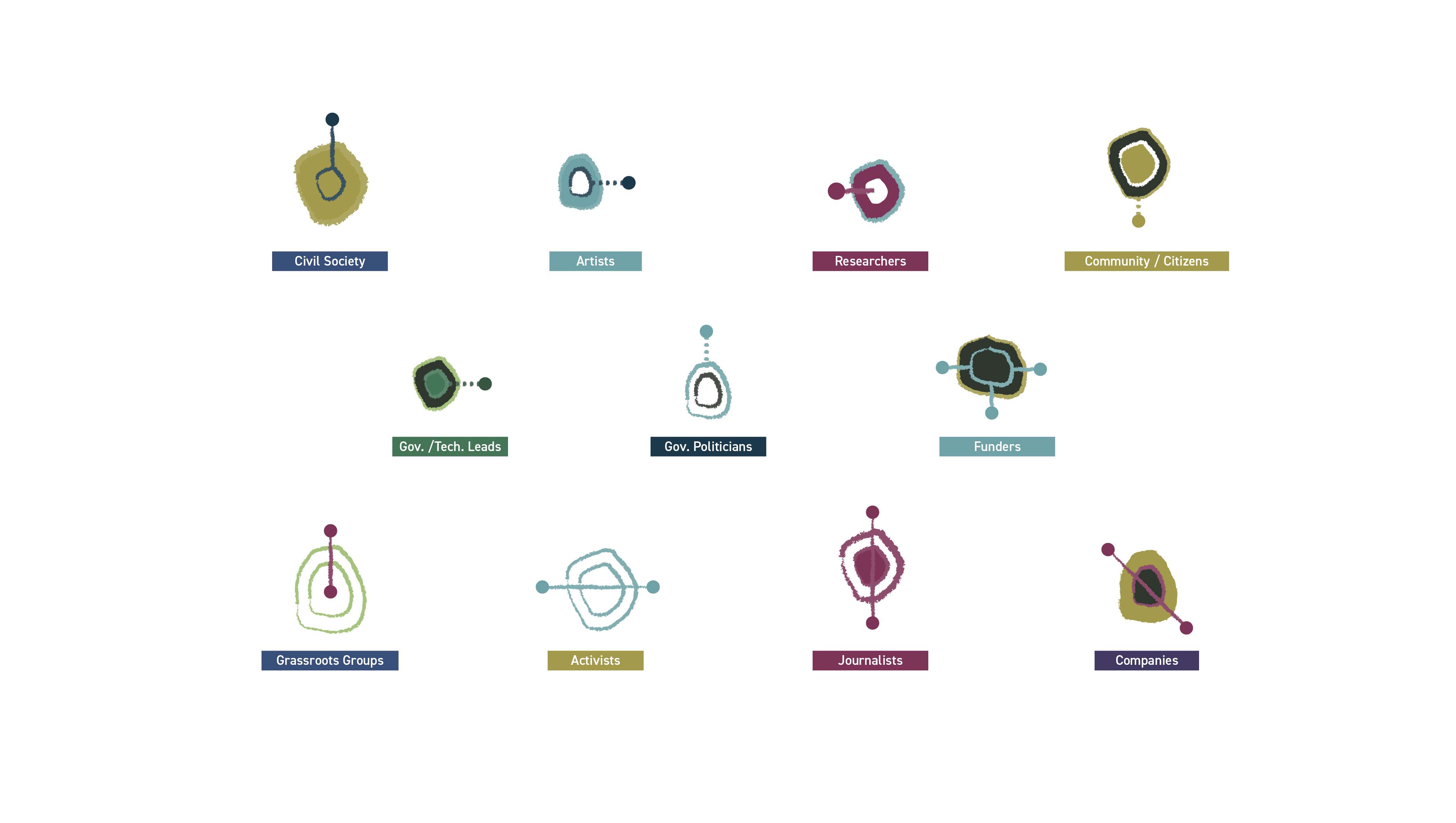
In every city and region, different actors participate to different degrees. How much and how actors come together has a bearing on the degree of rooted collaboration for climate resilience. We also use the actor framework to calculate the diversity of actors element in the City Canopy.
Like all parts of the Democratic Climate Model, this framework will continue to evolve. We invite your feedback.
Field notes
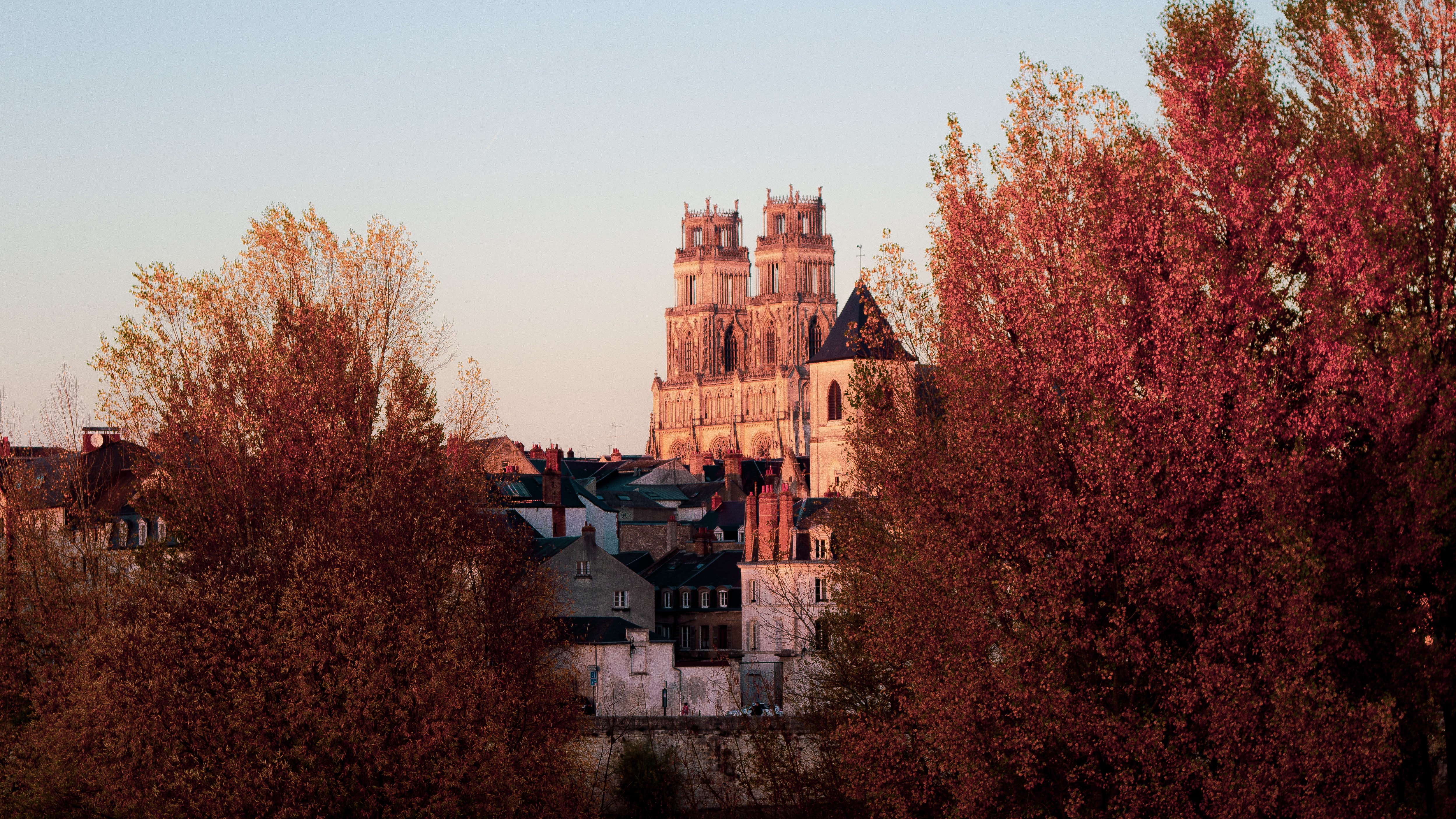
Let us take a closer look at how the Deep Demonstrations played out in Orléans Métropole, France. This city saw the opportunity to bolster its participatory culture and question old ways of working.
Read the Orléans Métropole case study
The vision
The vision for our Democratic Climate Model is that it can be used to inspire more collaborative engagement, more profound thought about who and what we value, and embed democratic principles for just climate transitions in thousands of cities and regions.
The ultimate goal is for an interconnected, international network of climate-resilient cities and regions - liveable areas, where citizens are engaged and live their best lives within vibrant, inclusive, and socially-just communities.
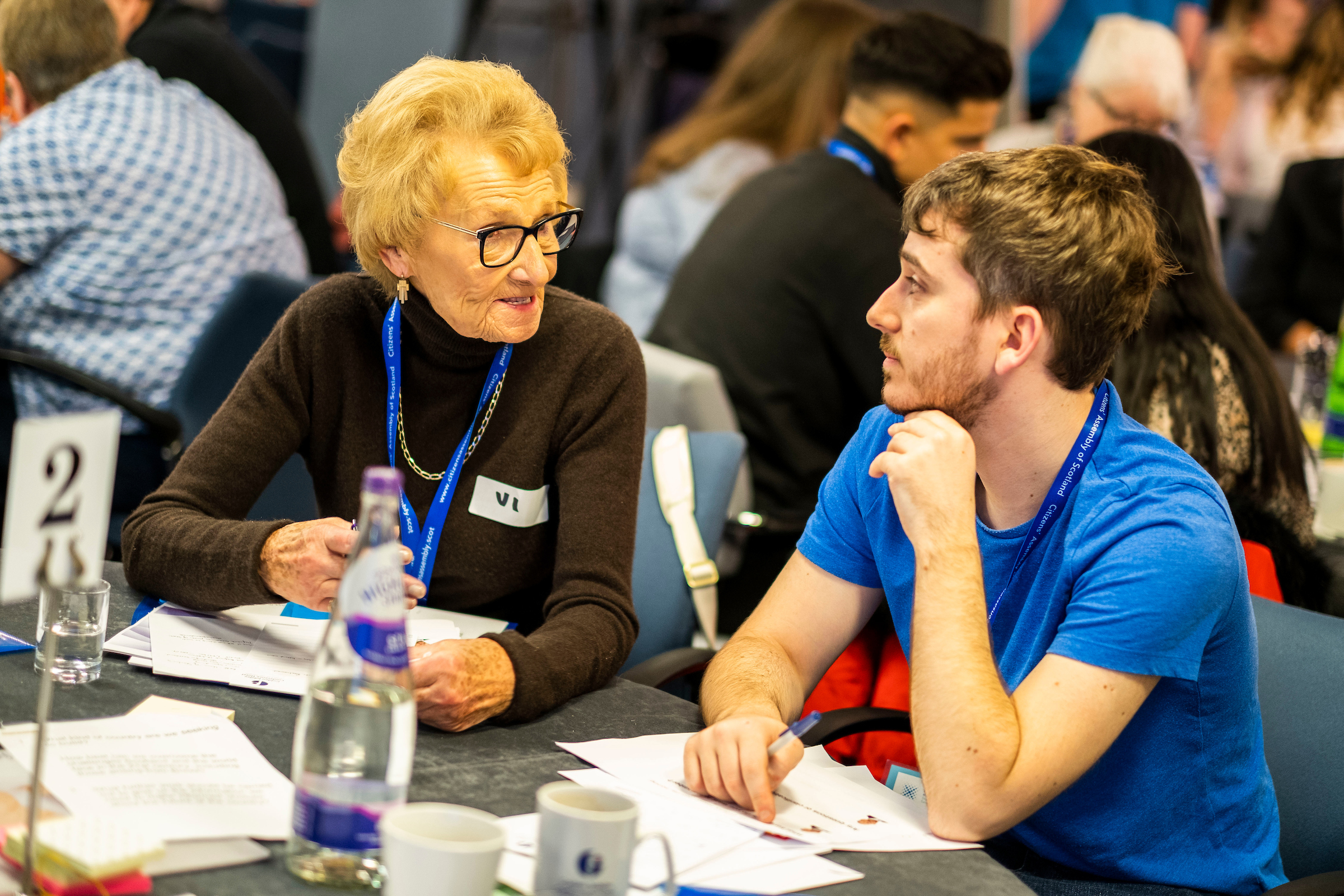
If there is one message you should take away from this article it is this:
Yes, cities and regions need to find new ways to involve citizens in climate decision-making. Still, they cannot do this without city leaders, funders, and active citizens in the climate space, reflecting on how they need to act differently.
We can help with that.
Democratic Society, through strengthening governance, participation, and civil society, can help you make the best use of the Model outlined in this article.
We aim to help build individual and institutional capacity on citizen participation and governance using democratic principles and a more sustainable climate approach.

Democratic Society's strength is our local presence in the cities and regions we are working in.
Let's partner together for democracy and climate. Let's root democracy and climate action in our cities, regions, towns, and villages across Europe.
If you would like to know more about our Democratic Climate Model, please get in touch with Nadja Nickel, Programme Director, Climate.
Don't forget to tell us what you thought about the Democratic Climate Model outlined in this article. How does it differ from what you see in your community? How could it be improved?
Related links
The Model is featured in the OECD OPSI’s Innovation Portfolio, Simon Fraser University’s report on Systems-oriented engagement for climate action, and in UKGBC's innovation challenge on resilience and nature-based solutions.
Democratic Climate Model overview (Youtube)
Democratic Climate Model: 3-pager (PDF)
Democratic Climate Glossary
What is the language of ‘climate democracy’? We know it’s evolving, and that some definitions are partial, or even contested. This Glossary offers a place of reflection on this emerging topic.
The Orléans Métropole – putting down roots
A case study of the Orléans Métropole, a grouping of 22 local councils participating in the Deep Demonstrations project. We look at what mobilising factors are in place amongst the city leaders to encourage participation, the shifts that have taken place during the Deep Demonstrations, and what the future holds for the Métropole.
Healthy, Clean Cities Deep Demonstrations
How can we make climate change a democratic issue, not a technocratic one? We are helping European cities to put people at the centre of Europe's ambitious climate transformation.
Acknowledgements
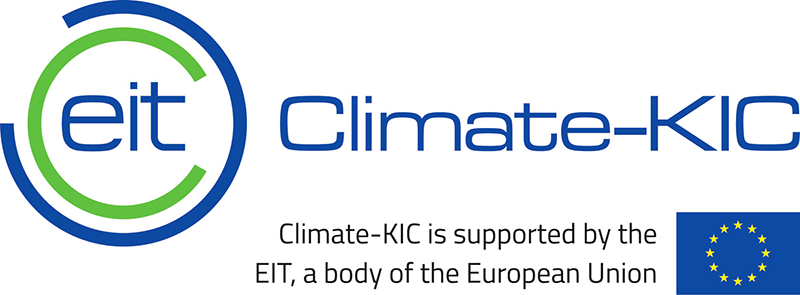
The Healthy, Clean Cities Deep Demonstrations project was financially supported by EIT Climate-KIC.
Democratic Society worked as the design partners within the project consortium with Dark Matter Labs, Bankers Without Boundaries, and Material Economics to inspire 14 cities with new ways of imagining, trialling, and learning to work towards a just transition.
The project was carried out by an extensive team at Democratic Society, which included local connectors in all 14 of the participating cities.
---
Actor Framework adapted with permission from Panthea Lee/Reboot. Illustrations by Orlagh O'Brien. Copyright-free stock images from Pixabay. Citizens' Assembly Glasgow photos by Chris Watt Photography. Orléans photo by Hugo Delauney from Unsplash.